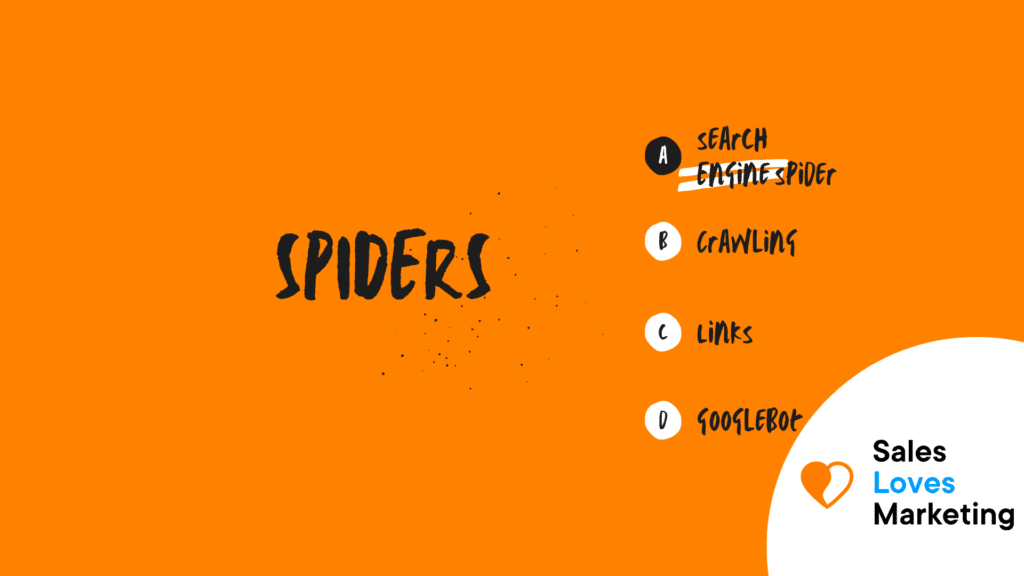What Is A Search Engine Spider?
A spider, also known as a web crawler, is a primary software element that crawls and inspects websites and studies their link profiles and pages and stores this information for indexing by the search engine.
How Do Search Engine Spiders Work?
Spiders visit websites looking for new data to add to the index; they examine hyperlinks, which they can follow immediately, or write them down as homework for later.
How does this bot work?
- When spiders enter a new web page, they initially download the robots.txt file from the site. In this file are the rules on which pages can and should be crawled on the site.
- After this, the spiders review the links or links, following them if necessary, using the internal links of a site to move and continue classifying. They will also note outgoing links, as well as external sites that link to the site itself.
- The spiders then check the site copy to determine three key factors: the relevance of your content, the overall quality of your content, and the authority of your content.
- The spiders then review and record images from a site.
- And finally, they do everything again. Once you’ve finished ranking a site, the spiders continue and at some point will crawl the same site again to inform the search engine about the content of the improvements.
How Does Google Spider Work?
The Google bot follows a process like the one described in the previous point but summarized in three stages:
- Before transferring information to Google’s servers, the Googlebot “crawls” websites and pages and investigates, gathers information on the site.
- The Googlebot tracks fresh information and content on the Internet by scanning the web pages in the Google Index for updates and new links to pages that have not been scanned.
- Spider Bot sends the newest content to Google’s servers to be indexed. It uses your programming to determine which sites match particular search queries.
How To Help Search Engine Spiders Find My Website?
Mainly you want the spiders to navigate, see and know as much information as possible about a site and that this navigation is as fast as possible.
- It should be started by optimizing the page’s speed since the spiders have the function of working as quickly as possible, but without slowing down the speed of the site that affects users and their experience. If the site begins to show signs of lag, slowness, or errors appear at the server level, the spiders will crawl the site less.
- This situation is not at all desirable; the less site crawling there is, the less indexing there will be, and there will be poor performance in search results. Site speed is crucial.
- An XML sitemap should be kept or maintained to make an optimal directory for telling search engines which URLs require frequent crawling.
- An important rule in constructing a site is that no page of a website should be more than 3 or 4 clicks away from another; when this number is exceeded, navigation is complicated for both spiders and the public.
- Finally, keep a unique URL for each subject. When many URLs are assigned to the same page, the spiders get confused and don’t know which ones to use. Making it easier for spiders is a fundamental part of SEO.
Learn more about SEO here or get started yourself with this all-in-SEO tool.
